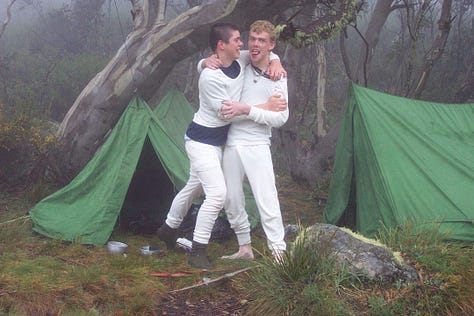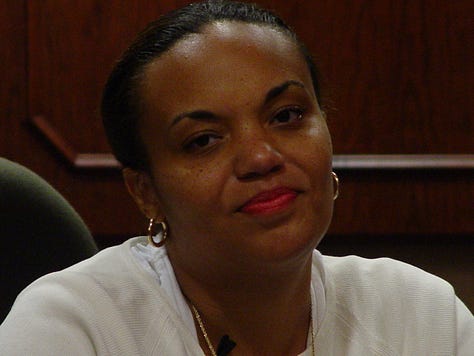Dead or Alive
The clues to this mysterious trail of intrigue began to be uncovered in Australia 25 years ago, but at trail’s end, suggested the clues, there are buried treasures, enough for all people everywhere.
The subject is Applied Ancestry. In one sense, it’s all about dead people. In another sense, it’s all about being more alive, here and now.
Veritas Chronicles will be publishing the history of the development of this very old and very new subject of Applied Ancestry.
Over the past 25 years this unique discipline, different from any other academic pursuit, has begun to get attention in academic circles on several continents. Along the way, it has been successfully tested in a variety of experimental projects in Australia, the United States, and Africa.
The roots of the subject began in a small town in Victoria, Australia — Mansfield — the same town in which the 1980’s movie, The Man From Snowy River was made.
The fundamental proposition of Applied Ancestry is that the more well known subject of genealogy — the gathering of ancestral birth, death, and marriage records — offers more present-generation treasures than mere historicity. Such records may be a powerful source of present-day-influence for youth, particularly youth struggling with poor family relationships and personally destructive behaviors.
There are vast collections of ancestor stories being held in physical repositories, on the internet, and in families. Such collections have been figuratively and literally gathering dust, stored away, or occasionally reviewed. But even when reviewed, such records are typically nostalgic, reflective only of days gone by. The discipline of Applied Ancestry explores viable channels of flow between the vast store of records and the rising generations.
What if young people could be connected to these stories, be inspired by them, glean values from them, find new possibilities for themselves, be helped in the healing of emotional traumas, and begin to value their own legacy?
The seeds of inquiry into such questions, planted more than two decades ago, led to a new arena of study, resulting in the creation of the Applied Ancestry Project. The key question to be answered by this project was how to tap into the vast reservoir of ancestor knowledge/stories and form an effective conduit to the deep well of need — broken relationships, damaged sense of self, and the disconnectedness experienced by some among the rising generations.

















Most of the development processes of the Applied Ancestry Project have been relatively obscure and unheralded steps. Given that the largest family history databases in the world have been compiled by The Church of Jesus Christ of Latter-day Saints and that the early academic research was conducted at LDS-church-owned-BYU, it is no surprise that some of the limited media exposure has come from connections to that genealogical resource. For example:
BYU Daily Universe Article: https://news.byu.edu/intellect/family-history-knowledge-helps-american-adolescents-develop-healthy-sense-of-identity
Meridian Magazine: Family history knowledge helps American adolescents develop healthy sense of identity | Meridian Magazine Meridian Magazine (latterdaysaintmag.com).
Non-related media outlets have begun to take an interest —
Oakland Post: ‘Ngingubani:’ Who Am I? How DNA and Oral History Helps Black Youth Connect to Tribal Roots | | Post News Group.
Veritas Chronicles has undertaken the task of being the repository and publisher of the developmental story of Applied Ancestry, to publish existing and future academic studies, the associated field trials, and highlight some of the anecdotal personal stories arising from this old but new discipline.
Why? Because our focus is to publish good stories of good, especially where there is the possibility for large-scale outcomes. Everyone on the planet has ancestors. Learning how to more effectively learn and apply ancestral stories to the benefit of the rising generations, especially those that are socially or familiarly disconnected, has the potential to be an uplifting worldwide phenomenon.









